The development of the agrivoltaic system and his insertion into the rural environment, if correctly guided and participated in, represents aopportunities for the redevelopment of these environments, through the stabilization of the income of local communities, especially in marginal contexts where The The risk of abandonment of agricultural land is both a social and environmental problemThis is what we talked about in the new episode of the podcast Faces and Voices of AIAS, introduced by Federica Colucci and moderated by Sergio Matalucci, with the participation of Lorenza Panunzi, Sales Manager of TETHYS and that you can watch here.
The overcoming the conflict between agricultural land consumption and energy production from renewable sources, the possibility for the farmer to access the economic benefits of agrivoltaics, including the reduction of energy supply costs, which today exceed 20% of company costs, already represents an important simplification of the choices often necessary for subjects living in rural contexts.
In Italy, the utilized agricultural surface is constantly decreasing, with a loss of over 2.5% since 2010. This social phenomenon, with the reduction of jobs, also represents a environmental problem linked to the abandonment of marginal rural environments, such as mountain areas, and the consequent advance of the forest. This phenomenon, far from being symptomatic of renaturalization, translates into a loss of biodiversity linked to agricultural environments and landscape transformation. In this context, agrivoltaics can represent an opportunity to protect the territory: certainly it creates a landscape discontinuity, but the complexity of the moment and the need for energy transition require a correct risk-benefit analysis, which correlates the aesthetic implications and environmental impacts of traditional energy sources. Furthermore, it is possible to consider a future scenario of landscape evolution, which, as the result of the interaction between man and the environment, can change.
Main features and difficulties of agrivoltaics: requalification indicators and reference models
The experience of the Evaluation Centre in the evaluation of Rural Development Plans leads to the application of the impact indicators and methodologies used in the evaluation of RDPs to the analysis of agrivoltaics, at a territorial and community scale. From a socio-economic point of view, the indicators can include changes in income levels, jobs created and trends in the population living in marginal areas. In the environmental field, it could be useful to measure the change in the utilized agricultural area (UAA), the loss of biodiversity and the erosion and desertification risk indices.
Advantages of agrivoltaics and braking elements
Advantages
• Efficiency in space utilization: contextual production of food and energy.
• Diversification of income sources: Farmers can generate additional income from solar energy production.
• Reducing environmental impact: lower greenhouse gas emissions and better management of water resources thanks to partial shading of crops.
• Improved agricultural yield: Some crops benefit from the shading provided by solar panels, reducing water evaporation and improving soil fertility.
Brake elements
• Regulatory complexity: could favor the speculative aspect to the detriment of the agricultural one and reduce the role of the farmer in the process of construction and management of the plant. The participation of local communities in the construction processes is necessary to attenuate the contrasts and generate income in the territorial context.
• Infrastructure isolation: some areas, particularly marginal ones, may be disadvantaged by the complexity of building the systems.
Measurements of agronomic standards and ecosystem-environmental performance
A correct agronomic evaluation of an agriphotovoltaic project should go through a pre-post analysis related to soil fertility, correlated to indicators such as productivity levels, evapotranspiration and biological quality of the soil. Check the levels of biomass produced and yield, using satellite analysis tools to create historical series, can be useful for determine the impact of the agrivoltaic project on agricultural activity. The aanalysis of evapotranspiration levels it is particularly important in the arid or pre-desert areas of southern Italy, where shading from solar panels can maintain soil moisture. The biological quality of soils, measured by counting microarthropods, indicates the degree of adaptation and biodiversity in the soil.
Precision agriculture and agrivoltaic systems: the role of TETHYS
TETHYS, developed by Evaluation Centre, is one precision farming tool that uses satellite imagery to provide insights into crop yields, health status and irrigation volumes. Born with scientific rigor, TETHYS allows you to monitor the state of vigor of crops, provide precise irrigation advice and estimate yields with complex proprietary algorithms. TETHYS does not require the installation of ground sensors, but deduces the necessary information from satellite data and spatialized weather data. In monitoring agrivoltaic systems, TETHYS has demonstrated its validity even in the presence of systems with mobile trackers and fixed panels, ensuring measurability of the necessary indices without significant variations compared to uncovered plots.
Missed opportunities in defining the rules for advanced agrivoltaics in Italy
One of the missed opportunities in defining the rules for advanced agrivoltaics in Italy concerns the lack of mandatory precision agriculture tools for the assessment of soil fertility, water saving and continuity of agricultural activity. Agrivoltaics represents a vector of innovation and sustainability in rural and the use of precision instruments in this field could facilitate the digital transition of the agricultural world, optimizing inputs for climate change adaptation and for the benefit of the environmental and financial sustainability of agricultural companies. These tools represent an important support for monitoring the agro-environmental impacts of agrivoltaic systems, potential not fully captured in light of current rules.
Collaboration with AIAS: objectives and approach
Looking into the world of agrivoltaics, we have identified AIAS, Italian Sustainable Agrivoltaic Association, as a point of reference and guide in the complexity of the topic. Agrivoltaic systems require the integration of many professional skills in the design, implementation and management processes. Being part of the AIAS network allows you to better manage the complexity of the system, have access to information and business opportunities and promote effective collaboration to achieve common goals.

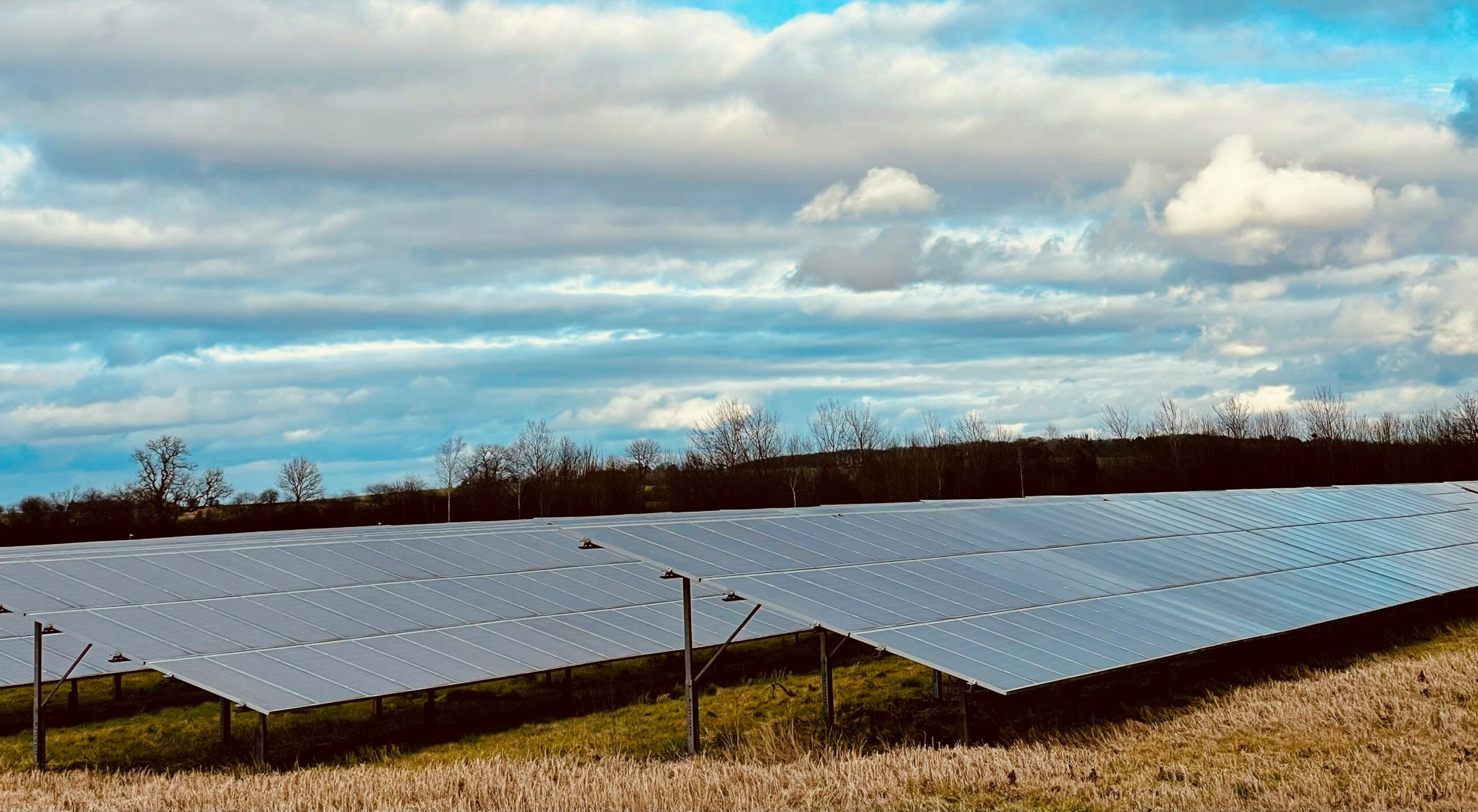


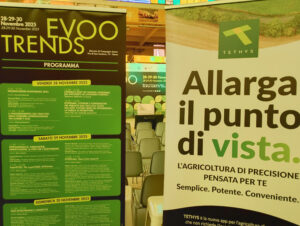
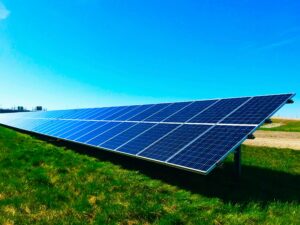
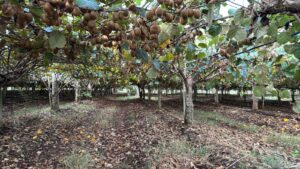
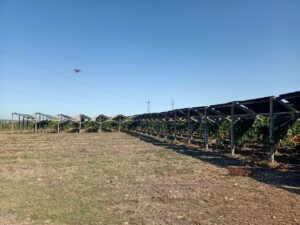
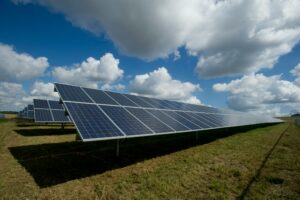

Add comment
You must be logged in to post a comment.